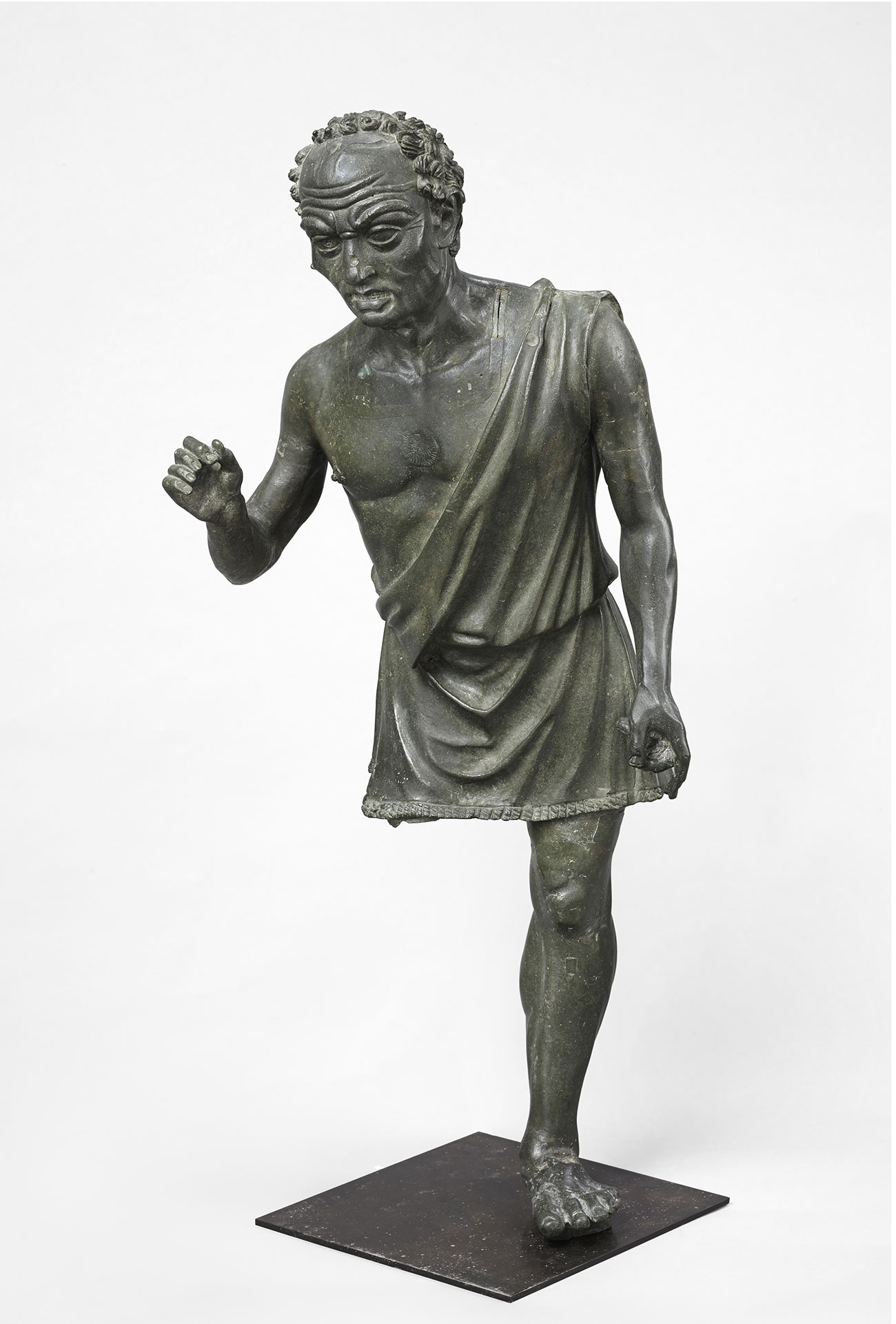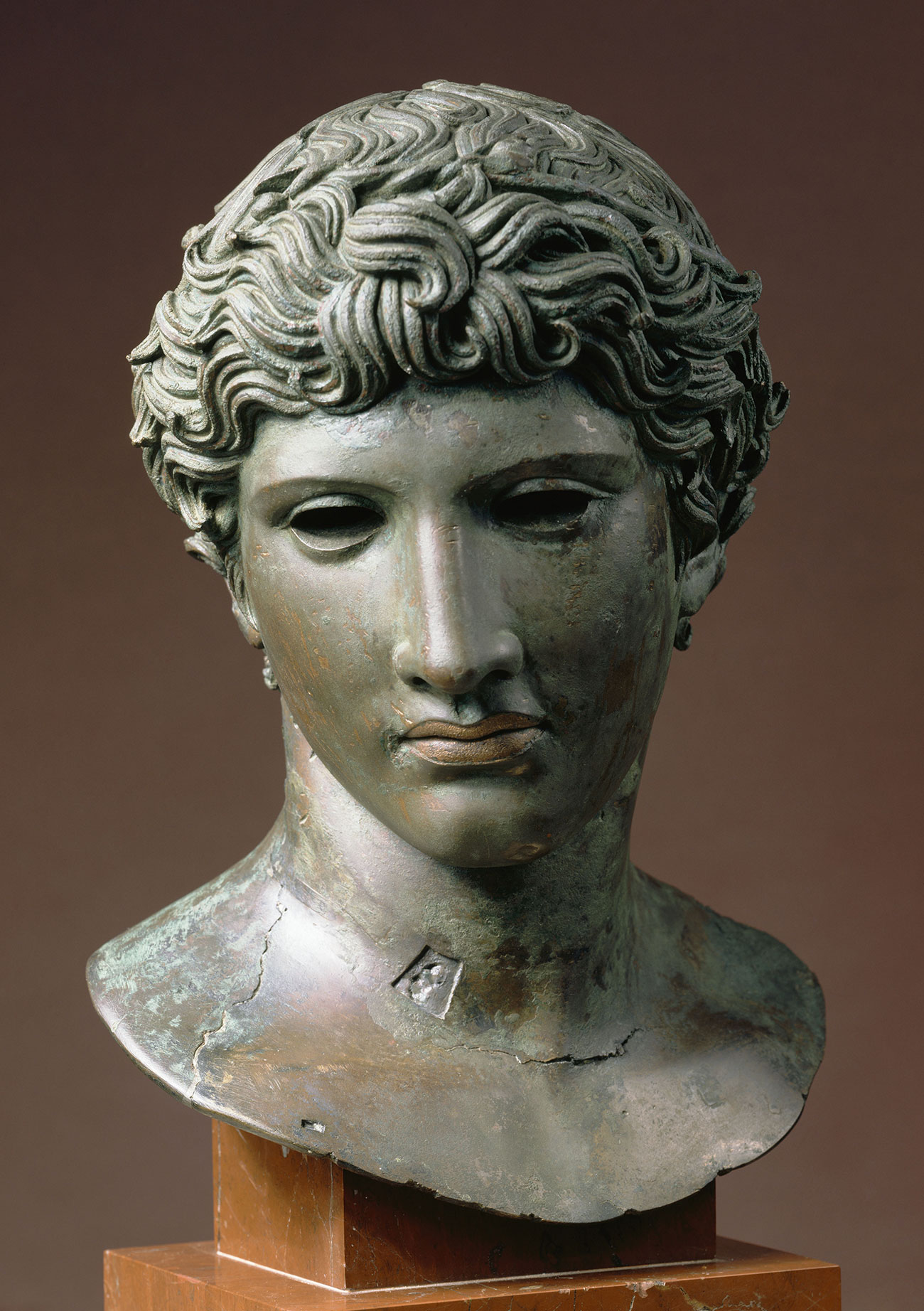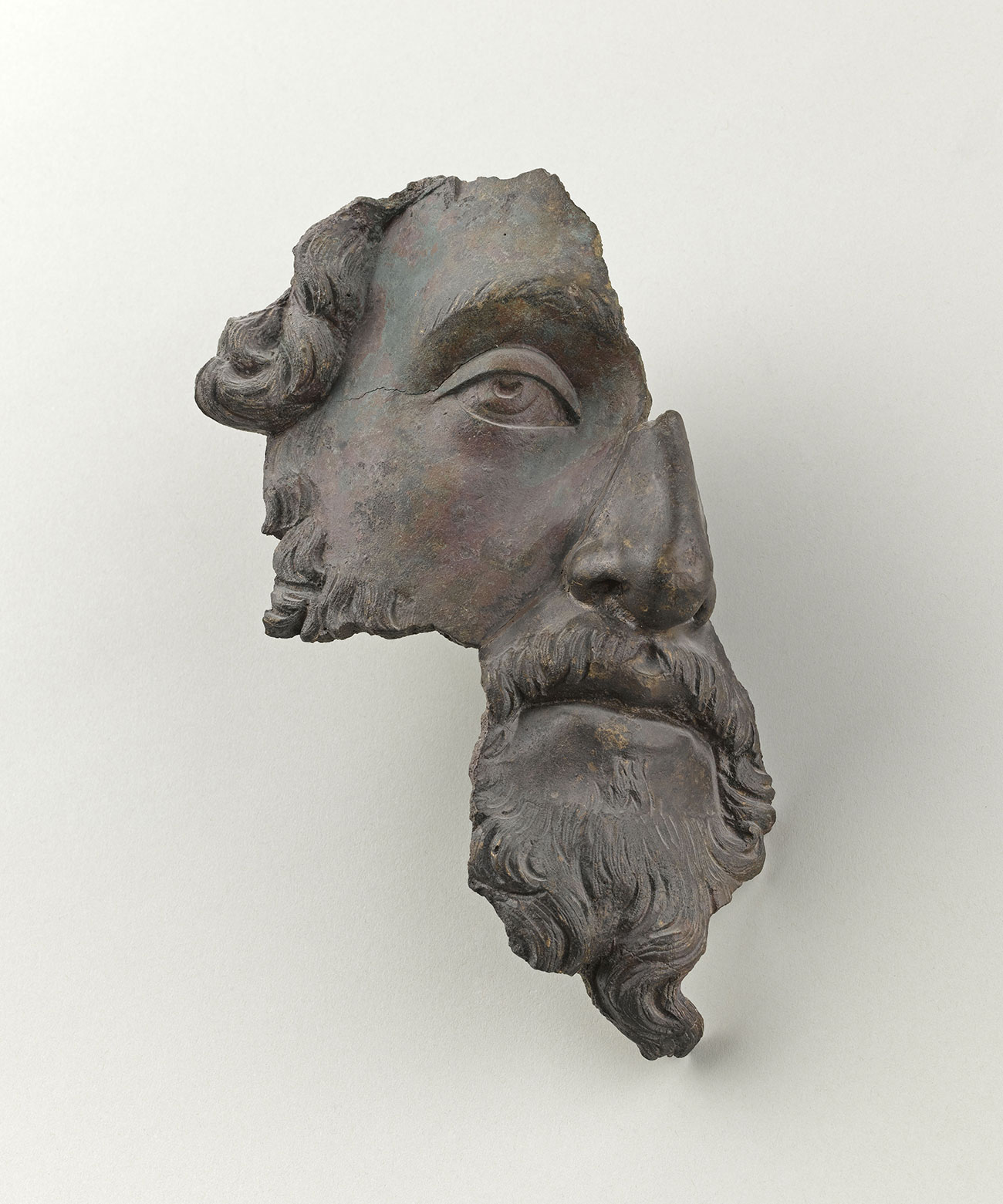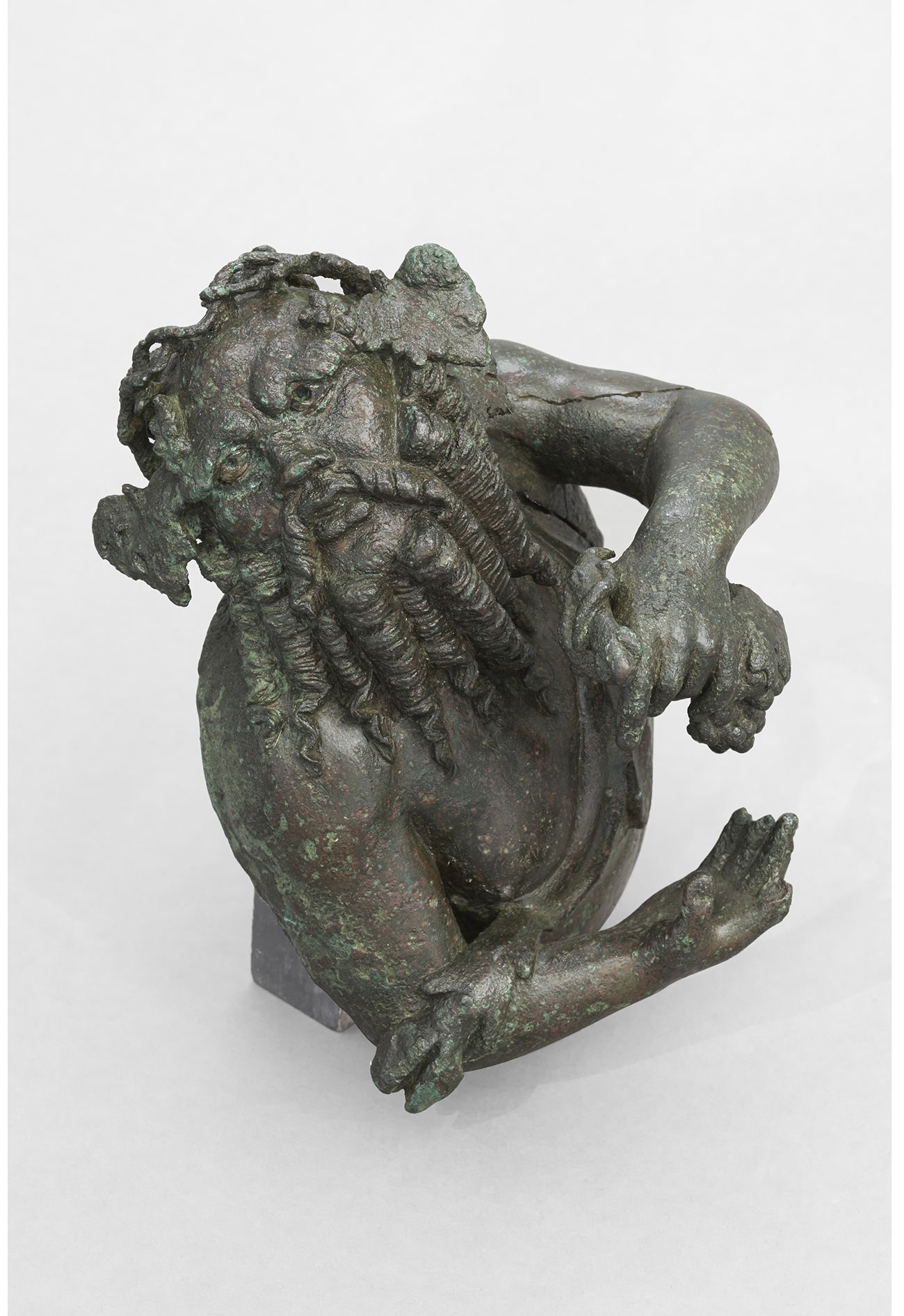The Splendours of Volubilis
Ancient Bronces from Marocco and The Mediterranean





Trough the exceptional loan of the ancient bronze collection from Morocco discovered at the archaeological site of Volubilis, the Mucem presents one of the key aspects of the ancient Mediterranean basin. Fruit on an accord signed between the Kingdom of Morocco and the French government, the exhibition reflects the close collaboration between the National Foundation of Museums of Morocco and the Mucem. This collection of bronzes from the Rabat Archaeological Museum is among the most outstanding of the ancient Mediterranean world. Although discovered for the most part at Volubilis, they were not produced in this region of the Roman Empire. However, they attest to a mode or modes in vogue in the Mediterranean between the 2nd century B.C. and the 2nd century A.D.
Nonetheless, we do not know their production sites, which could have been located in Italy, in Greece, as in the Oriental Mediterranean- Turkey, Jordan- or fabrication workshops discovered to date. Beyond their intrinsic technical quality, the bronzes from Volubilis are marked by an aesthetic particularly representative of the models present in the Greco-Roman Mediterranean. The ensemble of bronzes coming from Volubilis is staged facing works from other Mediterranean regions. Among these, we have benefited from the precious collections from the Louvre, the Cabinet des Monnaies, Médailles et Antiques of the Bibliothèque Nationale de France, the Musée de l’Ephèbe d’Agde and the Musée Départemental Arles Antique. They illustrate brilliantly the common language of the Mediterranean elites of Antiquity. It is further testimony to this basin of civilisation which is the Mediterranean in the antique period: a vast open space where people have circulated since the first millennium B.C. from Tyr to Carthage, from Asia Minor to the Atlantic passing by the Black Sea, from Phocaea to Marseille, from Miletus to Olbia, from Thera to Cyrene…
General Commissioner: Myriame Morel-Deledalle
Scenography: Atelier Maciej Fiszer
Exhibition realised with the exceptional collaboration of the National Foundation of Museums of the Kingdom of Morocco, within the framework of a cultural cooperation agreement signed between Foundation and the Mucem.
Trough the exceptional loan of the ancient bronze collection from Morocco discovered at the archaeological site of Volubilis, the Mucem presents one of the key aspects of the ancient Mediterranean basin. Fruit on an accord signed between the Kingdom of Morocco and the French government, the exhibition reflects the close collaboration between the National Foundation of Museums of Morocco and the Mucem. This collection of bronzes from the Rabat Archaeological Museum is among the most outstanding of the ancient Mediterranean world. Although discovered for the most part at Volubilis, they were not produced in this region of the Roman Empire. However, they attest to a mode or modes in vogue in the Mediterranean between the 2nd century B.C. and the 2nd century A.D.
Nonetheless, we do not know their production sites, which could have been located in Italy, in Greece, as in the Oriental Mediterranean- Turkey, Jordan- or fabrication workshops discovered to date. Beyond their intrinsic technical quality, the bronzes from Volubilis are marked by an aesthetic particularly representative of the models present in the Greco-Roman Mediterranean. The ensemble of bronzes coming from Volubilis is staged facing works from other Mediterranean regions. Among these, we have benefited from the precious collections from the Louvre, the Cabinet des Monnaies, Médailles et Antiques of the Bibliothèque Nationale de France, the Musée de l’Ephèbe d’Agde and the Musée Départemental Arles Antique. They illustrate brilliantly the common language of the Mediterranean elites of Antiquity. It is further testimony to this basin of civilisation which is the Mediterranean in the antique period: a vast open space where people have circulated since the first millennium B.C. from Tyr to Carthage, from Asia Minor to the Atlantic passing by the Black Sea, from Phocaea to Marseille, from Miletus to Olbia, from Thera to Cyrene…
General Commissioner: Myriame Morel-Deledalle
Scenography: Atelier Maciej Fiszer
Exhibition realised with the exceptional collaboration of the National Foundation of Museums of the Kingdom of Morocco, within the framework of a cultural cooperation agreement signed between Foundation and the Mucem.



